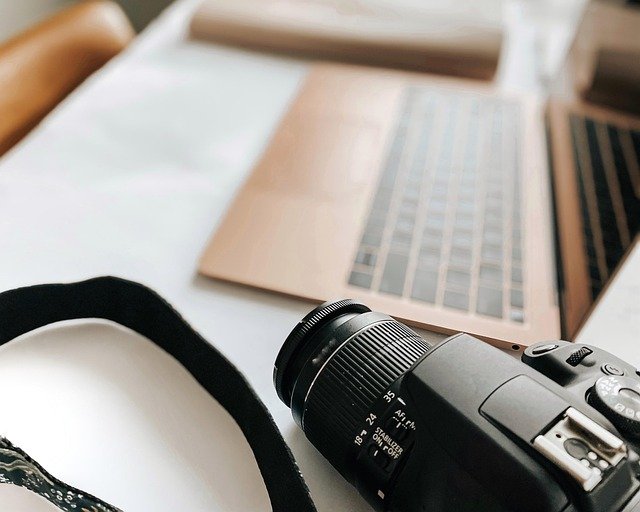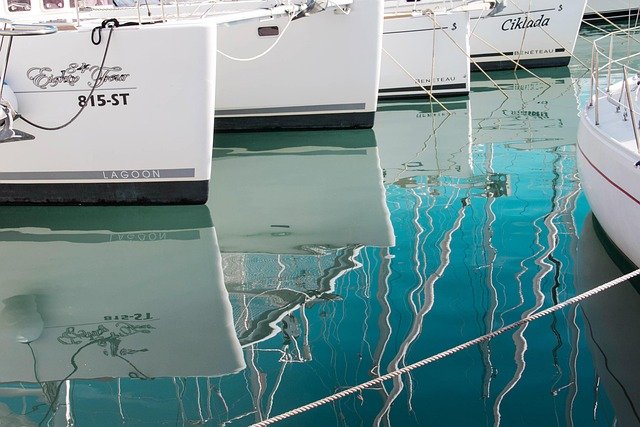Rent-to-Own cameras: Your Path to ownership
Rent-to-own camera programs offer a flexible pathway to owning professional photography equipment without the immediate financial burden of a full purchase. These programs allow photographers, content creators, and hobbyists to access high-quality cameras through manageable monthly payments, eventually leading to ownership. Understanding how these programs work, their benefits, and potential drawbacks can help you make an informed decision about whether this financing option aligns with your photography goals and budget.

Photography enthusiasts and professionals often face the challenge of acquiring expensive camera equipment without straining their budgets. Rent-to-own programs have emerged as a viable solution, bridging the gap between rental services and traditional purchases. These programs provide access to professional-grade cameras while building toward eventual ownership through structured payment plans.
What are rent-to-own cameras?
Rent-to-own cameras represent a financing model where customers make regular payments over a predetermined period, typically ranging from 12 to 36 months, with the option to own the equipment at the program’s conclusion. Unlike traditional rentals where you return the equipment, rent-to-own agreements are designed with ownership as the end goal. These programs often require minimal upfront costs and may not require extensive credit checks, making them accessible to individuals who might not qualify for traditional financing options.
The structure typically involves weekly, bi-weekly, or monthly payments that are higher than standard rental fees but lower than immediate purchase prices. Many programs allow early buyout options, enabling customers to own their equipment sooner by paying the remaining balance at any time during the agreement period.
Understanding rent-to-own camera programs
Rent-to-own camera programs operate through specialized retailers, online platforms, and some traditional camera stores. The process usually begins with selecting your desired camera model from the available inventory. Popular options often include DSLR cameras, mirrorless systems, and professional video equipment from major manufacturers.
Most programs require basic qualification criteria, such as proof of income, valid identification, and sometimes a reference check. The approval process is typically faster than traditional financing, with many applications processed within hours. Once approved, customers receive their equipment and begin making scheduled payments according to their chosen plan.
Program terms vary significantly between providers. Some offer maintenance and repair services as part of the agreement, while others may provide upgrade options that allow customers to switch to newer models during their payment period. Understanding these details before committing helps ensure the program meets your specific needs and expectations.
Advantages and considerations of the rent-to-own model
The rent-to-own model offers several compelling advantages for camera enthusiasts. Immediate access to professional equipment without large upfront investments makes expensive cameras accessible to emerging photographers and content creators. The payment structure often accommodates various budgets, with flexible scheduling options that align with income patterns.
Many programs include insurance coverage, protecting against theft, damage, or equipment failure. This coverage can be particularly valuable for expensive camera equipment that might otherwise require separate insurance policies. Additionally, some providers offer technical support and maintenance services, ensuring equipment remains in optimal condition throughout the agreement period.
However, important considerations accompany these benefits. The total cost of ownership through rent-to-own programs typically exceeds the retail purchase price, sometimes significantly. Interest rates and fees can accumulate over the payment period, making the final cost substantially higher than buying outright or using traditional financing options.
Missed payments can result in equipment repossession, potentially leaving customers without their camera and having paid more than the equipment’s value. Some agreements include strict usage terms or restrictions on modifications, which might limit how photographers can use their equipment.
| Provider | Camera Models Available | Monthly Payment Range | Total Program Cost |
|---|---|---|---|
| Rent-A-Center | Canon EOS, Nikon D-Series | $75-$200 | $1,800-$4,800 |
| Aaron’s | Sony Alpha, Fujifilm X-Series | $85-$180 | $2,040-$4,320 |
| FlexShopper | Various DSLR/Mirrorless | $60-$150 | $1,440-$3,600 |
| Progressive Leasing | Canon, Nikon, Sony | $70-$190 | $1,680-$4,560 |
Prices, rates, or cost estimates mentioned in this article are based on the latest available information but may change over time. Independent research is advised before making financial decisions.
Before entering a rent-to-own agreement, carefully evaluate your long-term photography needs and financial situation. Consider whether the convenience and immediate access justify the higher total cost compared to saving for a direct purchase or exploring traditional financing options. Some photographers find rent-to-own programs valuable for testing expensive equipment before committing to ownership, while others prefer the cost savings of direct purchases.
Research multiple providers to compare terms, total costs, and available equipment. Read all contract terms carefully, paying particular attention to late payment penalties, early buyout options, and equipment return policies. Understanding these details helps ensure the rent-to-own experience aligns with your expectations and financial capabilities.
Rent-to-own camera programs can provide a practical pathway to equipment ownership for photographers who need immediate access to professional gear. While these programs offer convenience and accessibility, they require careful consideration of the total costs and terms involved. By thoroughly researching options and understanding the commitment involved, photographers can make informed decisions about whether rent-to-own programs serve their creative and financial goals effectively.




